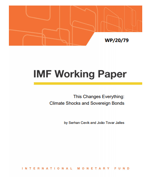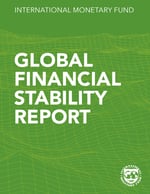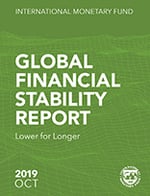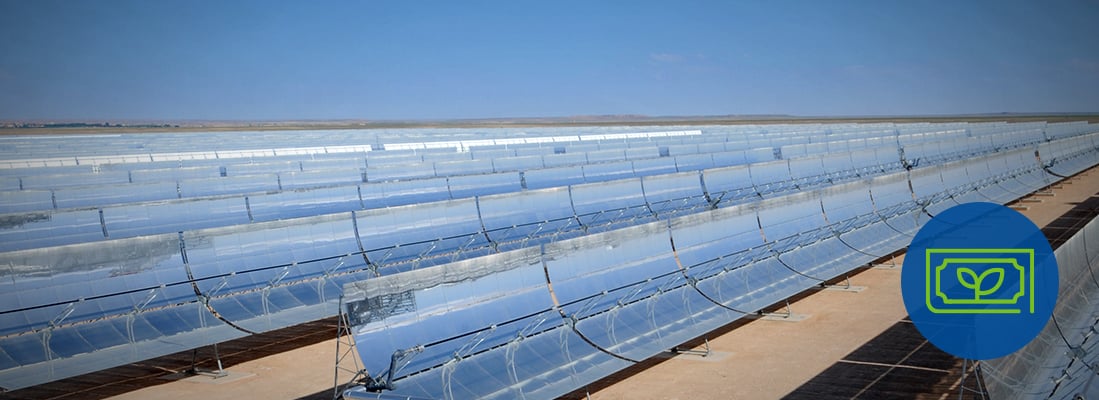Green Finance
The financial sector has an important role to play in the fight against climate change by supporting reductions in climate change risk and mitigating the impact of adverse climate events.
Long term institutional investors can help with rebalancing and redistributing of climate related risks and maintaining financial stability. Hedging instruments (e.g., catastrophe bonds, indexed insurance) help insure against increasing natural disaster risk, and other financial instruments (e.g., green stock indices, green bonds, voluntary de-carbonization initiatives) can help re-allocate investment to “green” sectors.
From the oversight perspective, central banks and other regulators are adapting frameworks and practices to address the multifaceted risks posed by climate change. This includes ways to improve climate risk disclosure and classification standards, which will help financial institutions and investors better assess their climate-related exposures—and help regulators better gauge system-wide risks.
The IMF is offering support by working with the Network of Central Banks and Supervisors for Greening the Financial System and other standard-setting bodies to promote green finance more broadly and developing climate-related stress tests.
Publications
IMF WORKING PAPER, June 05 2020
This Changes Everything: Climate Shocks and Sovereign Bonds
 Climate change is already a systemic risk to the global economy. While there is a large body of literature documenting potential economic consequences, there is scarce research on the link between climate change and sovereign risk. This paper therefore investigates the impact of climate change vulnerability and resilience on sovereign bond yields and spreads in 98 advanced and developing countries over the period 1995–2017. We find that the vulnerability and resilience to climate change have a significant impact on the cost government borrowing, after controlling for conventional determinants of sovereign risk. That is, countries that are more resilient to climate change have lower bond yields and spreads relative to countries with greater vulnerability to risks associated with climate change. Furthermore, partitioning the sample into country groups reveals that the magnitude and statistical significance of these effects are much greater in developing countries with weaker capacity to adapt to and mitigate the consequences of climate change.
Climate change is already a systemic risk to the global economy. While there is a large body of literature documenting potential economic consequences, there is scarce research on the link between climate change and sovereign risk. This paper therefore investigates the impact of climate change vulnerability and resilience on sovereign bond yields and spreads in 98 advanced and developing countries over the period 1995–2017. We find that the vulnerability and resilience to climate change have a significant impact on the cost government borrowing, after controlling for conventional determinants of sovereign risk. That is, countries that are more resilient to climate change have lower bond yields and spreads relative to countries with greater vulnerability to risks associated with climate change. Furthermore, partitioning the sample into country groups reveals that the magnitude and statistical significance of these effects are much greater in developing countries with weaker capacity to adapt to and mitigate the consequences of climate change.
Global Financial Stability Report, April 2020
Markets in the Time of COVID-19 | Chapter 5: Climate Change: Physical Risk and Equity Prices
 Disasters as a result of climate change are projected to be more frequent and more severe, which could threaten financial stability. Chapter 5 looks at the impact of climate change physical risk on global equity valuations to assess this threat. The chapter shows that the impact of large disasters on equity markets, bank stocks, and non–life insurance stocks has generally been modest over the past 50 years High levels of insurance penetration and sovereign financial strength can help preserve financial stability in the face of climatic disasters. The chapter does not find that aggregate equity valuations—as of 2019—reflect the predicted changes in physical risk under various climate change scenarios, which suggests that investors do not pay sufficient attention to climate change risks. Better disclosure of exposures to climatic disasters and stress testing for financial firms can help preserve financial stability and should complement policy measures to mitigate and adapt to climate change.
Disasters as a result of climate change are projected to be more frequent and more severe, which could threaten financial stability. Chapter 5 looks at the impact of climate change physical risk on global equity valuations to assess this threat. The chapter shows that the impact of large disasters on equity markets, bank stocks, and non–life insurance stocks has generally been modest over the past 50 years High levels of insurance penetration and sovereign financial strength can help preserve financial stability in the face of climatic disasters. The chapter does not find that aggregate equity valuations—as of 2019—reflect the predicted changes in physical risk under various climate change scenarios, which suggests that investors do not pay sufficient attention to climate change risks. Better disclosure of exposures to climatic disasters and stress testing for financial firms can help preserve financial stability and should complement policy measures to mitigate and adapt to climate change.
Global Financial Stability Report, October 2019
Lower for Longer | Chapter 6 Sustainable Finance
 Sustainable finance incorporates a large array of environmental, social, and governance (ESG) principles that are becoming increasingly important for borrowers and investors. ESG issues may have material impact on corporate performance and may give rise to financial stability risks via exposure of banks and insurers and large losses from climate change. The integration of ESG factors into firms’ business models—prompted by regulators, businesses’ own interest, or by investors— may help mitigate these risks. Despite the lack of consistent evidence of outperformance of sustainable investing strategies, investor interest in ESG factors has continued to rise in recent years. However, ESG related disclosure remains fragmented and sparse, partly due to associated costs, the often voluntary nature of disclosure, and lack of standardization. Policymakers have a role to play in developing standards, fostering disclosure and transparency, and promoting integration of sustainability considerations into investments and business decisions.
Sustainable finance incorporates a large array of environmental, social, and governance (ESG) principles that are becoming increasingly important for borrowers and investors. ESG issues may have material impact on corporate performance and may give rise to financial stability risks via exposure of banks and insurers and large losses from climate change. The integration of ESG factors into firms’ business models—prompted by regulators, businesses’ own interest, or by investors— may help mitigate these risks. Despite the lack of consistent evidence of outperformance of sustainable investing strategies, investor interest in ESG factors has continued to rise in recent years. However, ESG related disclosure remains fragmented and sparse, partly due to associated costs, the often voluntary nature of disclosure, and lack of standardization. Policymakers have a role to play in developing standards, fostering disclosure and transparency, and promoting integration of sustainability considerations into investments and business decisions.
FINANCE & DEVELOPMENT, DECEMBER 2019, VOL. 56, NO. 4 PDF VERSION
A Greener Future for Finance
Green bonds offer lessons for sustainable finance
FINANCE & DEVELOPMENT, DECEMBER 2019, VOL. 56, NO. 4 PDF VERSION
Fifty Shades of Green
The world needs a new, sustainable financial system to stop runaway climate change.
FINANCE & DEVELOPMENT, DECEMBER 2019, VOL. 56, NO. 4 PDF VERSION
Climate Change and Financial Risk

Central banks and financial regulators are starting to factor in climate change.
Blogs

Equity Investors Must Pay More Attention to Climate Change Physical Risk
MAY 29, 2020
The damage from the 2011 floods in Thailand amounted to around 10 percent of Thailand’s GDP, not even considering all the indirect costs through a loss in economic activity in the country and abroad. By some estimates, the total costs of the 2018 wildfires in California were up to $350 billion, or 1.7 percent of U.S. GDP. Every year, climatic disasters cause human suffering as well as large economic and ecological damage. Over the past decade, direct damages of such disasters are estimated to add up to around US$ 1.3 trillion (or around 0.2% of world GDP on average, per year).
Connecting the Dots Between Sustainable Finance and Financial Stability
OCTOBER 10, 2019
Unsafe working conditions. Use of child or forced labor. Environmental impact on protected areas. More and more investors are looking at issues and factors beyond traditional financial analysis when directing their money. Sustainable finance aims to help society better meet today’s needs and ensure that future generations will be able to meet theirs too.






